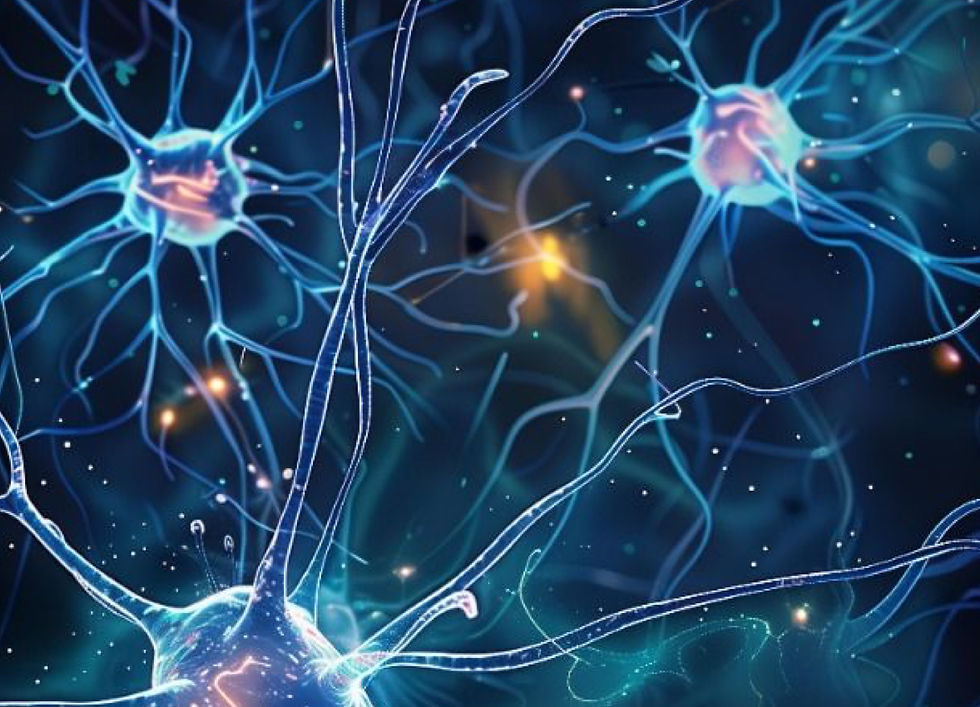Unlocking Rest: How Frequency Therapy Can Support Insomnia and Chronic Fatigue
- SoulfulSync team
- Jul 7, 2025
- 3 min read
Sleep is supposed to be simple: a natural, restorative cycle that renews our energy and mental clarity. Yet for millions of people, it’s anything but. If you’re dealing with insomnia, chronic fatigue, or unrefreshing sleep, you’re not alone; and you’re not imagining it.

In recent years, frequency-based therapies have offered a fascinating lens into how energy, vibration, and biofeedback can support the nervous system and sleep quality. One of the most sophisticated tools in this field is the SCIO biofeedback system.
Let’s explore what causes insomnia, how the body’s energetic systems are involved, and how frequency therapy, specifically SCIO, may support deeper healing.
What Causes Insomnia and Chronic Fatigue?
Insomnia isn’t just “not being able to sleep.” It can include:
Difficulty falling asleep
Frequent night waking
Waking too early
Sleep that feels light or non-restorative
Often, chronic insomnia is linked to nervous system dysregulation, particularly involving:
High cortisol levels at night (the stress hormone)
Overactive sympathetic response (fight-or-flight)
Inflammation and oxidative stress
Neurotransmitter imbalances (low GABA, serotonin, melatonin)
EMF exposure and overstimulation of the brain

Similarly, Chronic Fatigue Syndrome (CFS/ME) often includes:
Profound physical and mental fatigue that doesn’t improve with rest
Brain fog, muscle pain, and immune dysfunction
Autonomic nervous system imbalance (dysautonomia)
In both conditions, conventional treatments may include sleep aids, CBT-I (Cognitive Behavioral Therapy for Insomnia), dietary changes, and nervous system support but for many, those don’t fully address the root energetic or regulatory imbalances.
Introducing Frequency Therapy & Biofeedback
Everything in the body has a frequency, from your cells to your brainwaves. When your energy field is disrupted (by trauma, stress, toxins, or EMFs), it can throw off your body’s ability to self-regulate, repair, and rest.

Biofeedback works by measuring subtle physiological signals: like heart rate variability, skin conductance, or brainwaves and using that data to retrain the body’s systems. When combined with frequency therapy, the goal is to gently return the body to its natural rhythms.
How Can SCIO Help With Insomnia?
Calms Overactive Brainwave Patterns
People with insomnia often show high beta brainwaves at night, associated with alertness and anxiety. SCIO can support a shift toward alpha and theta waves, helping the brain wind down naturally.
Balances Cortisol and Melatonin Cycles
SCIO assesses stress hormone imbalances and supports neuroendocrine regulation, encouraging proper melatonin production when it’s needed most: at night.
Addresses Emotional Stressors Stored in the Body
The subconscious mind often holds unresolved tension that affects sleep. SCIO sessions can identify and energetically clear emotional blockages, whether known or deeply buried.
Supports Detoxification and Mitochondrial Function
Many people with chronic fatigue suffer from sluggish detox pathways or mitochondrial dysfunction. SCIO targets these root causes using customized frequency signatures to energize cells without overstimulation.
Regulates the Autonomic Nervous System
SCIO helps tone the vagal nerve and bring the body back into parasympathetic (rest-and-digest) mode — the only state in which deep sleep and healing are truly possible.
Sleep is sacred. It is when the body repairs, the brain processes, and the spirit recharges. If you’ve tried everything and still lie awake at night or drag yourself through each day, frequency therapy may offer something profoundly different.

SCIO doesn’t force change, it gently invites your system back to balance.
For those dealing with chronic insomnia, fatigue, or nervous system overwhelm, SCIO biofeedback offers a bridge between cutting-edge science and the ancient truth that the body is capable of healing; when we give it the right frequency to listen to.
.png)



Comments